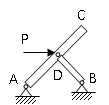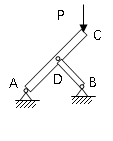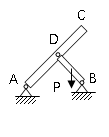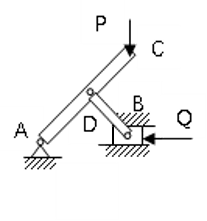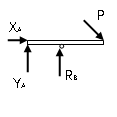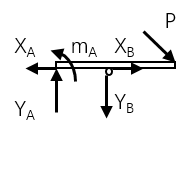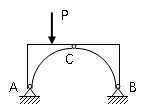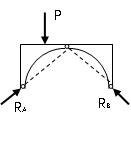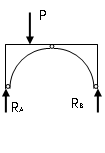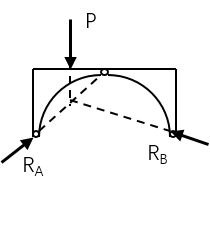In reading the world's great literature on human excellence and personal success, I've found that to launch ourselves into a life of true success we need to satisfy one basic condition: pursue our vision with stubborn (顽强的) consistency. The biggest difference between people who succeed and those who don't is not usually talent but persistence.
On my way to work one morning, I met Rudy Ruettiger, who is now a motivational speaker. He has grown up in Joliet, listening to stories about Notre Dame and dreaming of one day playing football there. Friends told him he wasn't a good enough student to be admitted. So he gave up his dream and went to work in a power plant.
Then a friend was killed in an accident at work. Shocked, Rudy suddenly realized that life is too short not to pursue your dreams.
In 1972, at the age of 23, he enrolled at Holy Cross Junior College in South Bend, Ind. He got good enough grades to transfer to Notre Dame, where he finally made the football team as a member of the “scout team”, the players who help the team prepare for games.
Rudy was living his dream, almost. But he wasn't allowed to suit up for the games themselves. The next year, after Rudy requested it, the coach told Rudy he could put on his uniform. for the season's final game. And there he sat, on the Notre Dame bench during the game. A student started shouting, “ We want Rudy! ” Soon others joined in. Finally, at the age of 27, with 27 seconds left to play, Rudy Ruettiger was sent onto the field-and made the final tackle (阻截). So his team won the game.
When I met Rudy 17 year later, it was in the parking lot outside Notre Dame stadium (体育场), where a camera crew was filming scenes for Rudy, a motion picture about his life. His story illustrates that there is no limit to where your dreams can take you.
21. The writer believes that the key to achieving success is.
A. developing one's talent
B. seizing opportunities
C. having wide vision
D. sticking to one's goal
22. According to the passage, Rudy once gave up his dream of playing football for Notre Dame because .
A. his friend was killed there
B. his foot was injured in an accident
C. he lacked confidence in himself
D. he failed in the entrance examination
23. Rudy quit his job in the power plant because .
A. his friend encouraged him to
B. his outlook on life changed
C. he was disappointed in his future
D. he was shocked by his friend's death
24. Rudy was transferred to Notre Dame .
A. as a good student
B. as a good player
C. with the help of a coach
D. with the help of a friend
25. A camera crew was making a movie about Rudy's life because .
A. Rudy was the oldest player at Notre Dame
B. Rudy succeeded in realizing his dream
C. Rudy was the best speaker at Notre Dame
D. Rudy succeeded in developing his ability
 题目内容
(请给出正确答案)
题目内容
(请给出正确答案)




 参考答案
参考答案
 简答题官方参考答案
(由简答题聘请的专业题库老师提供的解答)
简答题官方参考答案
(由简答题聘请的专业题库老师提供的解答)
 网友提供的答案
网友提供的答案



